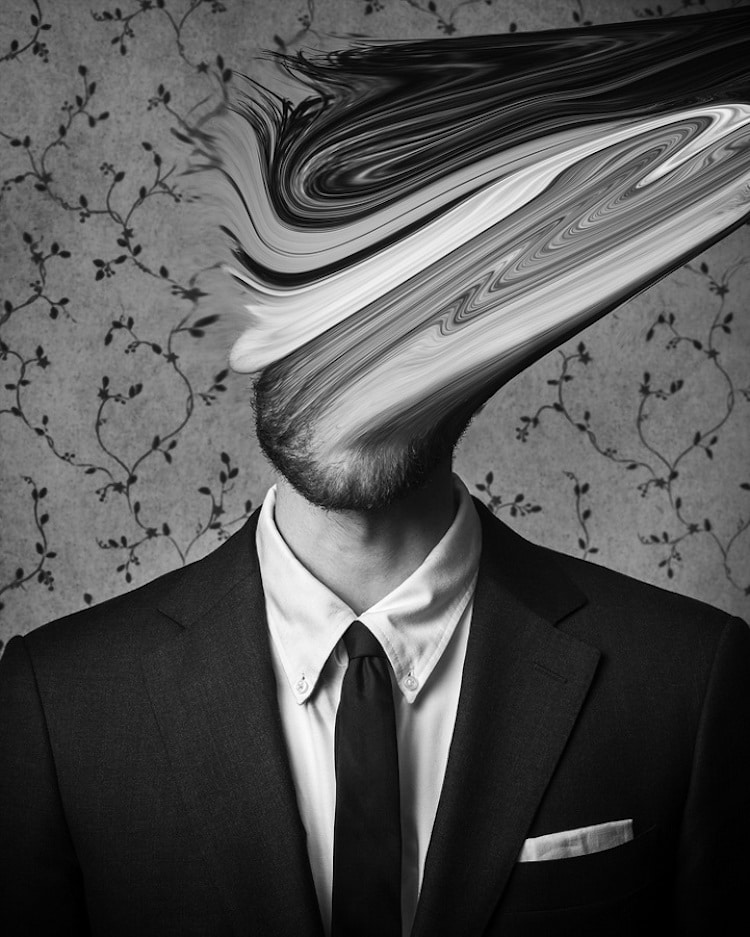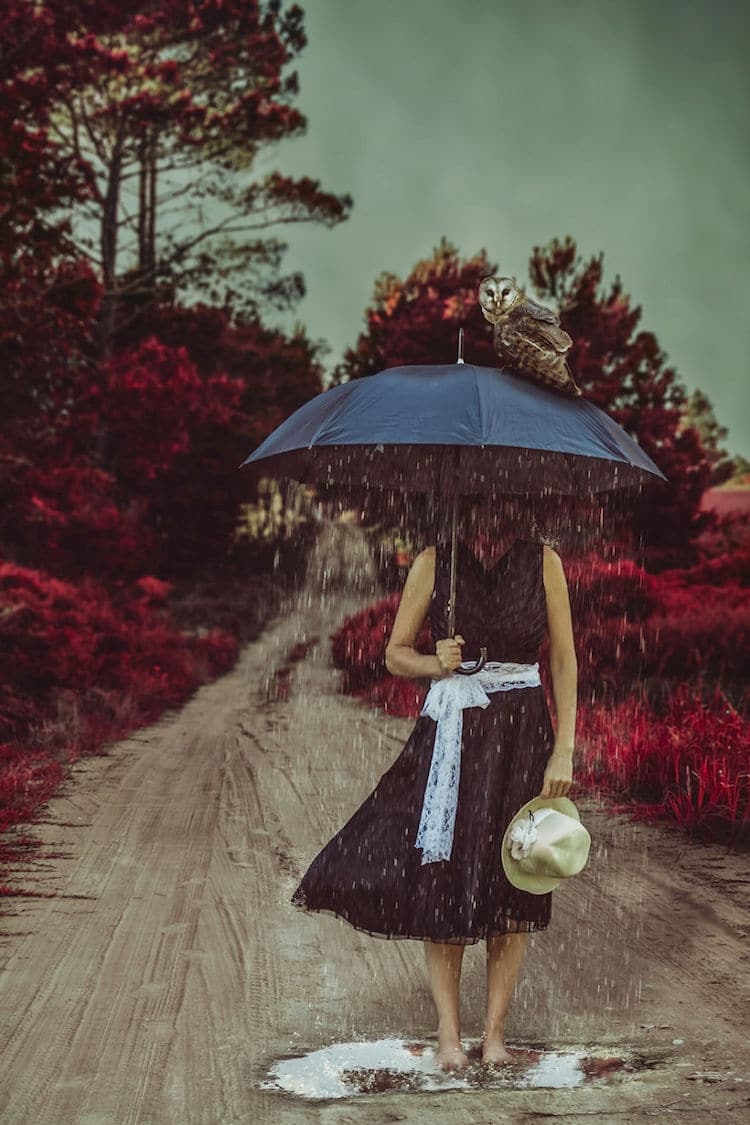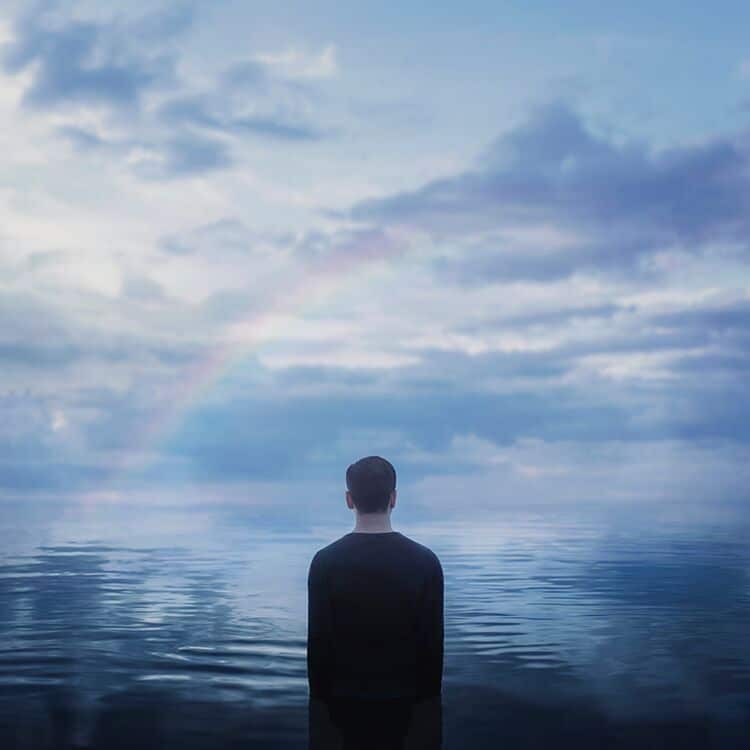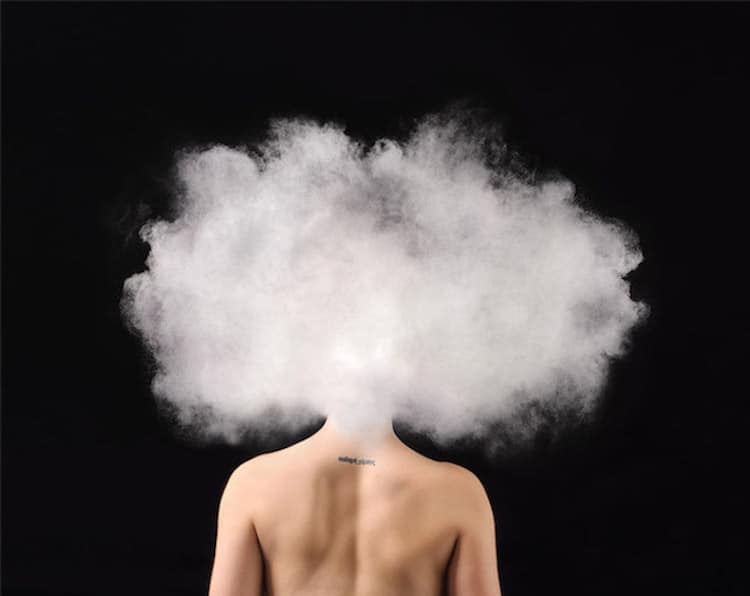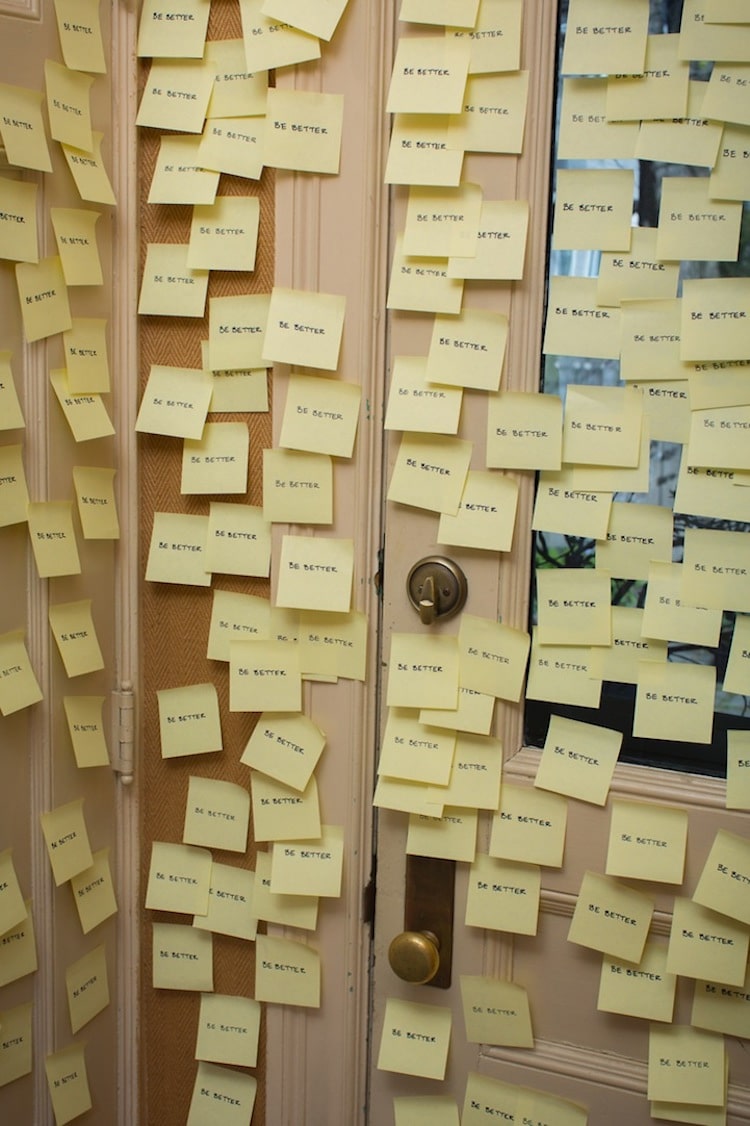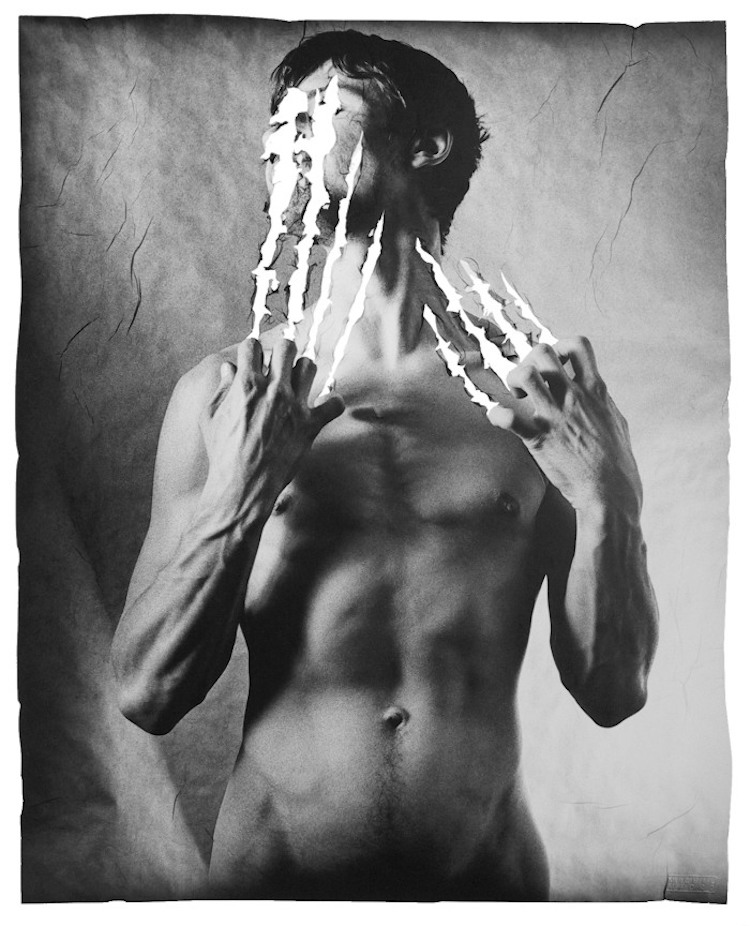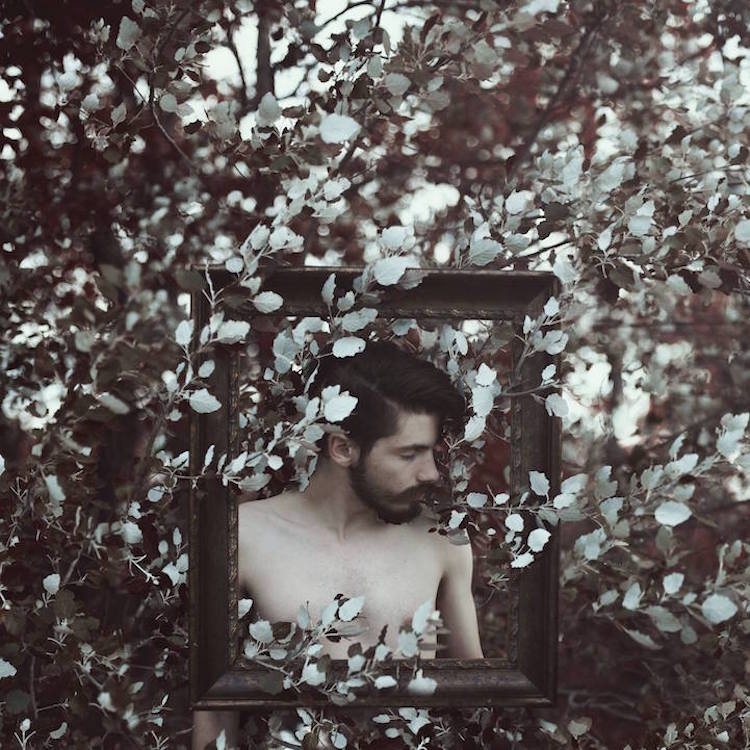
Depression has life-changing effects on the people who suffer from it and those around them. The isolation, worry, and fear that comes with this invisible affliction can stall or even stop the forward progress in one’s life. Those who have this mental illness can often feel like they’re all alone in their struggles. But, it’s a much more common occurrence; according to the World Health Organization, an estimated 350 million people worldwide suffer from depression. With the stigma that’s attached to it, however, folks are less than inclined to talk about it. Luckily, there are expressive photographers who use their depression as a way to heal and spread awareness about the disease.
This form of poignant depression photography is often autobiographical. It’s the starting point for imagery that depicts the darkness this disorder brings—particularly the loss of a sense of self. Many photographers represent this feeling by obscuring the face. Photographer and artist Janelia Mould tells us in an interview: “I have purposefully left out the head and some limbs. I wanted to give a glimpse on how a person with depression might experience life, through creating a character that never feels fully complete.”
Completing projects like these can be the path to clarity. In addition to educating those who don’t have depression (or anxiety, OCD, etc.), it offers reflection and by extension, a form of art therapy.
Check out 10 expressive creatives—and their stories—whose depression photography brings this taboo subject out of the dark and into the light.
Edward Honoker

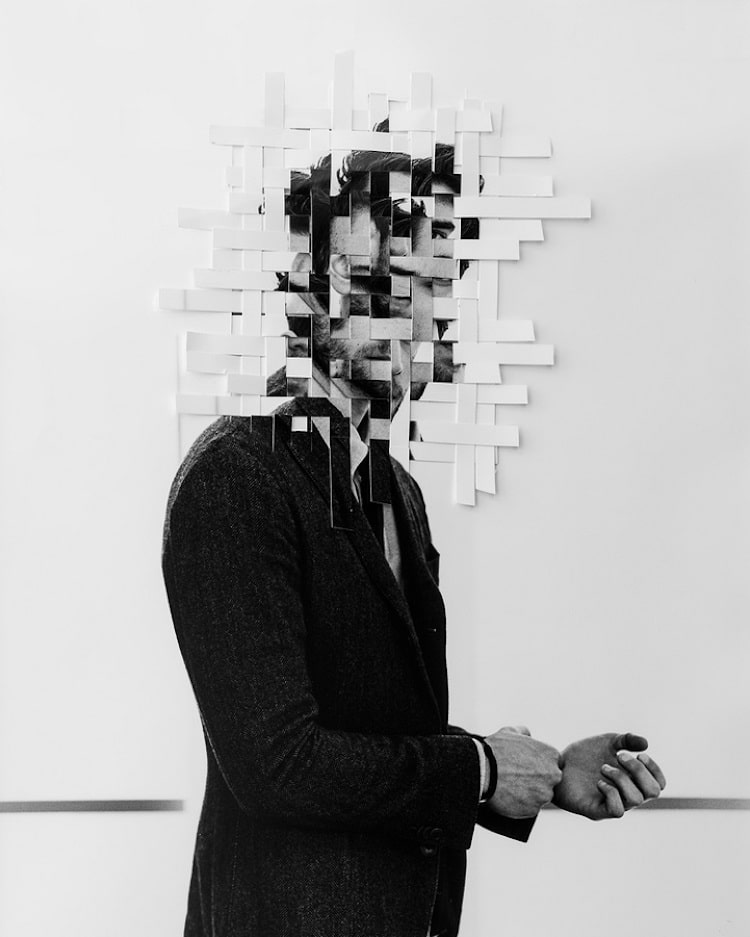
Diagnosed with depression at age 19, Edward Honoker’s dreamlike photographs capture the isolation that goes along with the illness. Through obscured portraits, he also demonstrates how jarring it can be. “Your mind is who you are,” he explains, “and when it doesn’t work properly, it’s scary.”
Janelia Mould
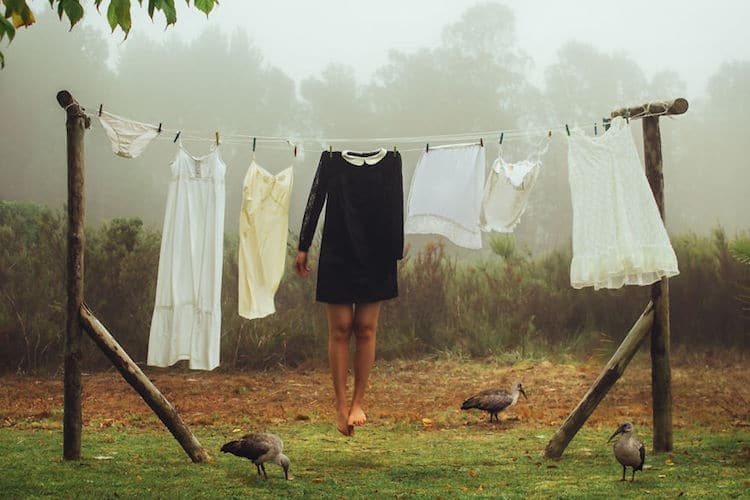

Janelia Mould specializes in surreal imagery, and she brought this approach to her project titled Melancholy – a girl called depression. Her aim was to help remove the stigma surrounding the illness. Crafted as self portraits, you can never see her face. “I have purposefully left out the head and some limbs,” she tells us, “I wanted to give a glimpse on how a person with depression might experience life, through creating a character that never feels fully complete.”
Gabriel Isak
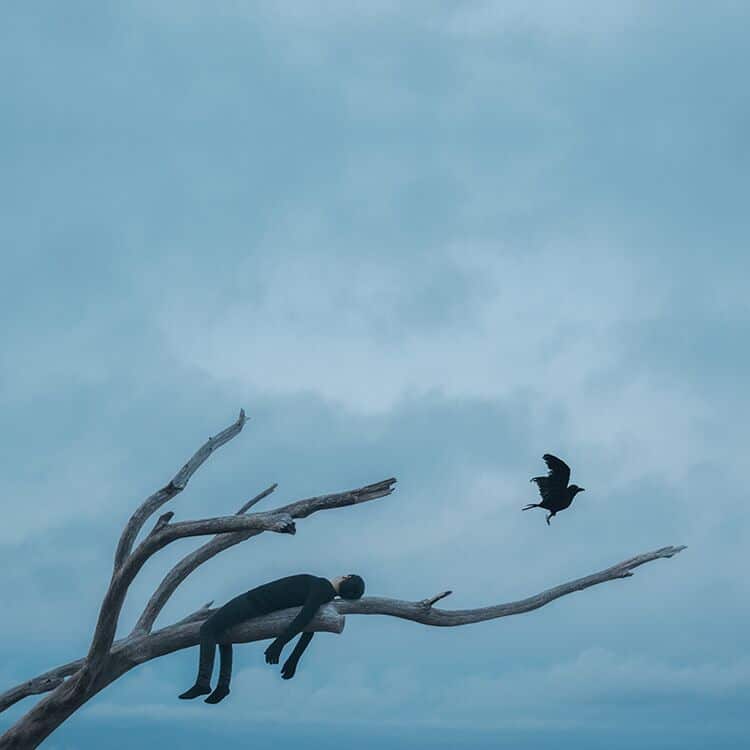

There can be light found in darkness. Photographer Gabriel Isak uses his depression as the catalyst for his project called The Blue Journey. Inspired by the artist Magritte as well as surrealism, he created it after facing the disease for seven years. “My subconscious mind inspired most of the images in the series,” he told us, “as they all feel like small memories of what I went through during my depression.”
Katie Joy Crawford

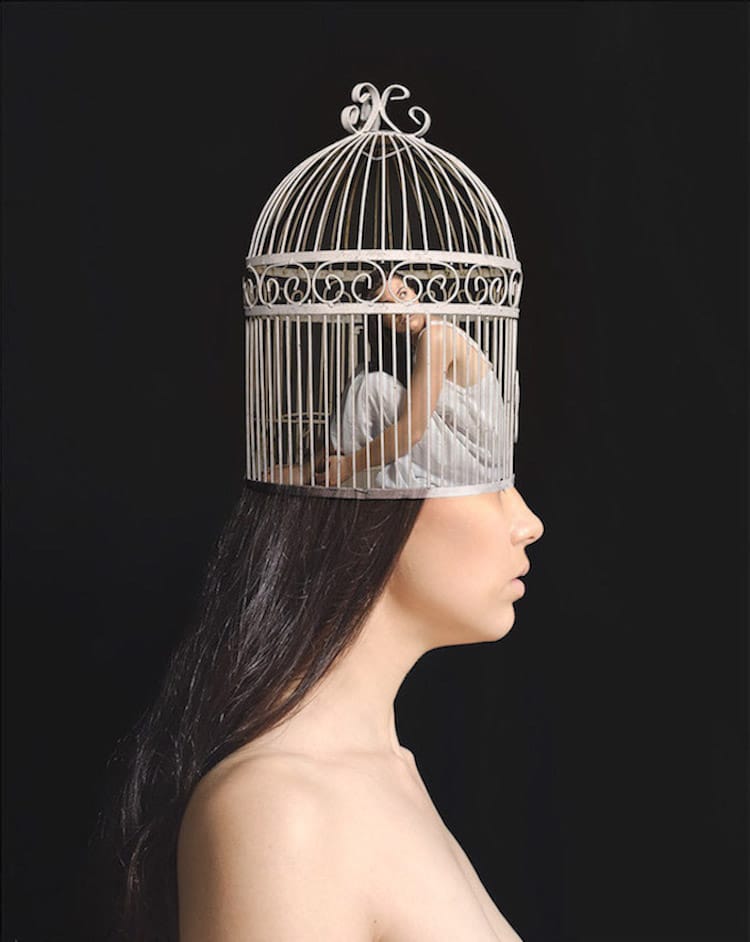
Through a powerful series of self portraits, Katie Joy Crawford depicts her inner struggles with general anxiety disorder. Although not exclusively about depression, My Anxious Heart conveys many of the same distressing emotions produced because of it. The images feature Crawford bound in plastic wrap, trapped in a birdcage, and her head in a cloud—among other things. The process of making these images was therapeutic, however, and she hopes that it will help others who face similar struggles.
John William Keedy


In photographer John William Keedy’s series It’s Hardly Noticeable, he juxtaposes normal behaviors—like flossing your teeth—with abnormal behaviors like obsessively arranging them on the sink. This, along with other vignettes, offer a look into the lives of people who have mental illnesses that, as the title suggests are “hardly noticeable.”
Michal Macku
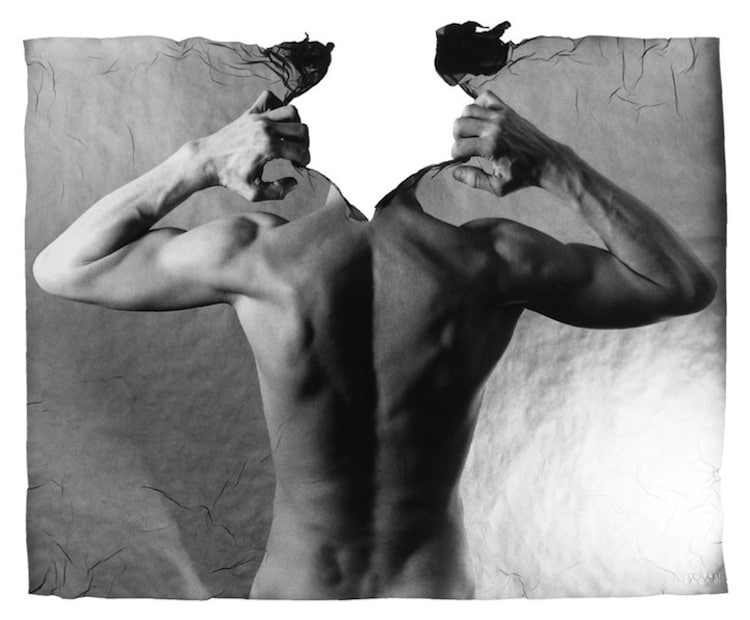

Michal Macku developed his own artistic technique to best tell stories through his photography. Calling it “gellage,” he moves the gelatinous emulsion around on film negatives and alters their appearance in dramatic ways. In these images, the subject seemingly rips himself apart, not unlike the feelings that depression and anxiety can bring.
Maureen Drennan

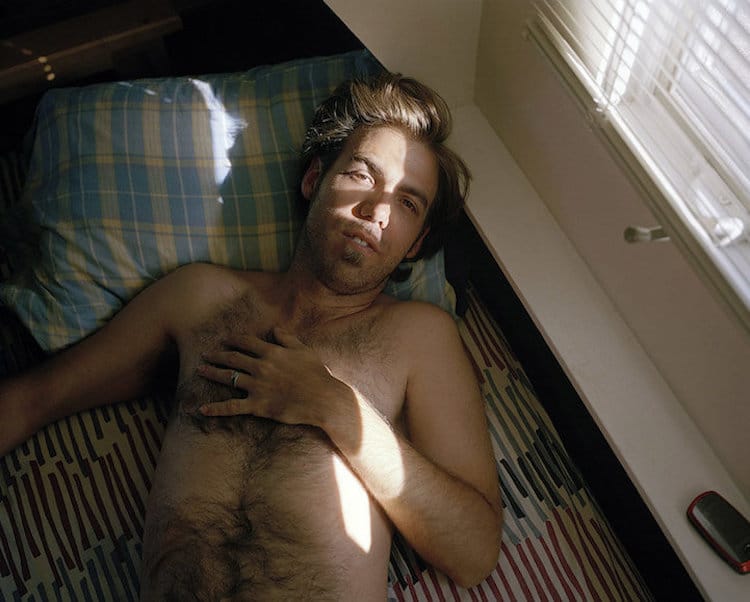

Read more: Photographer Documents Husband’s Depression with Intimate Comparisons to Isolated Environments
In photographer Maureen Drennan’s series The Sea That Surrounds Us, she pairs desolate landscapes with portraits of her husband, Paul, who was going through a deep depression. “Through this project I recognized how intimacy and fragility can be painful but rewarding,” Drennan says. “Vulnerability is what makes us human, what makes us beautiful.”
Christian Hopkins
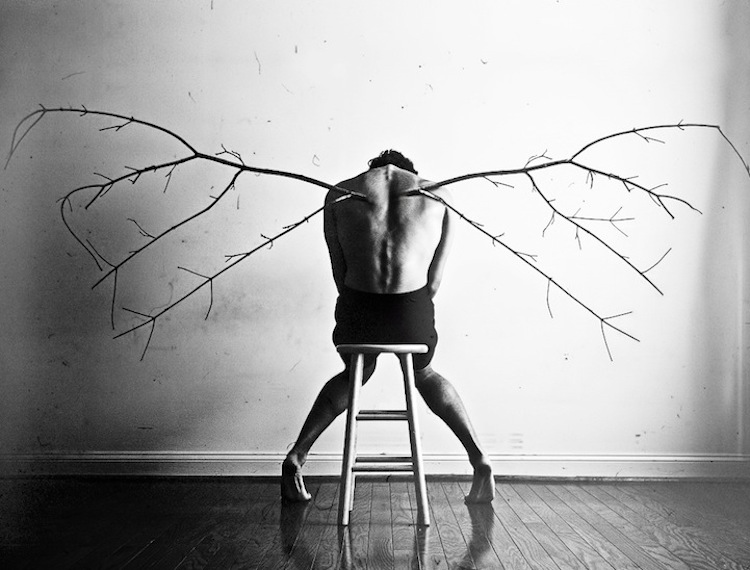

For Christian Hopkins, photography was a way to cope with his depression. Of that time, he explained, “I’ve been suffering from Major Depression for the past 4 years and it has manifested itself throughout that period in many ways, photography included.” Like others, Hopkins has also struggled with a sense of self—an aspect that comes through his images. “ Who ‘myself’ may truly be is still something I struggle with daily.”
Liz Osban
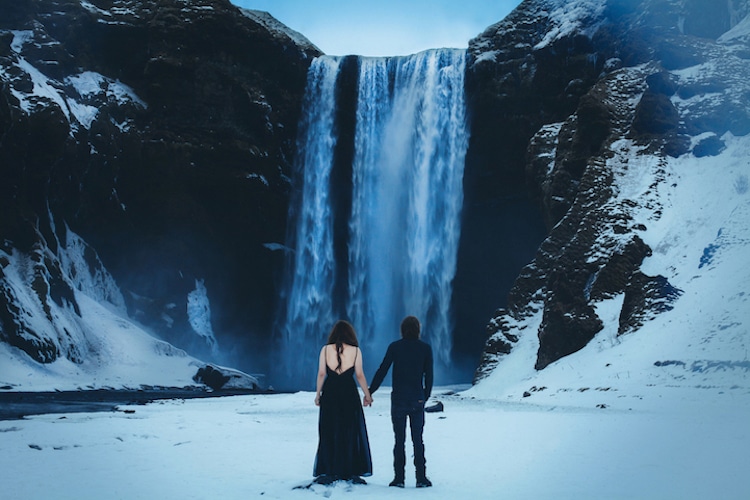
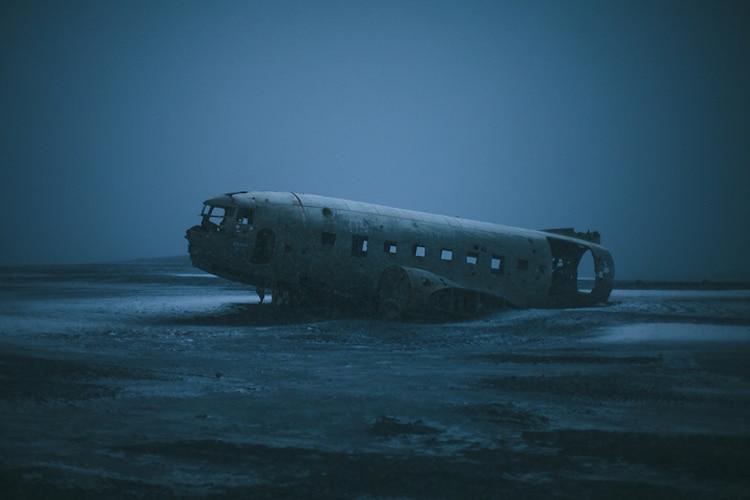
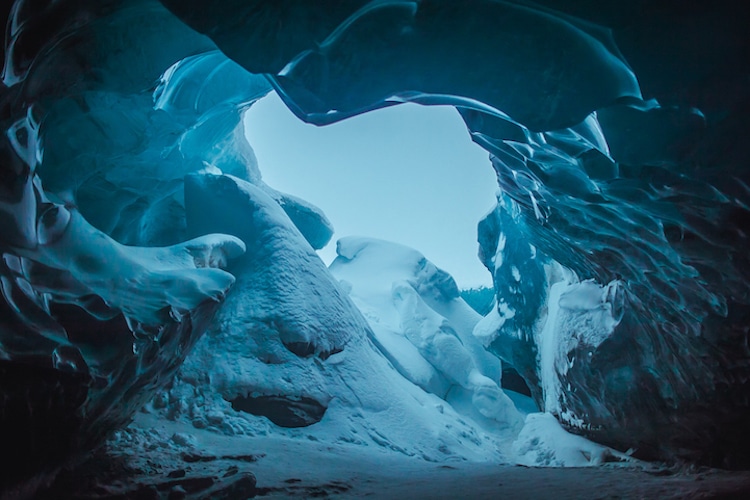
Read more: Interview: Liz Osban’s Hauntingly Beautiful Photos of Iceland Aid in Coping with Depression
Liz Osban and her boyfriend traveled to Iceland—a journey they had waited eight years to take. The travel and its accompanying photographs were a “very spontaneous trip.” Osban tells us, “I had just gotten over the darkest time in my life and felt I needed something else to look forward to.” The tranquil, overwhelmingly blue images represent her living with depression. “I want to convey that living with a mental illness doesn’t leave me hopeless or complacent with a static existence but shows that I can carry on and go forth while still spending time and getting to know my condition that so clearly has woven itself in me, welcomed or not.”
Tyler Rayburn
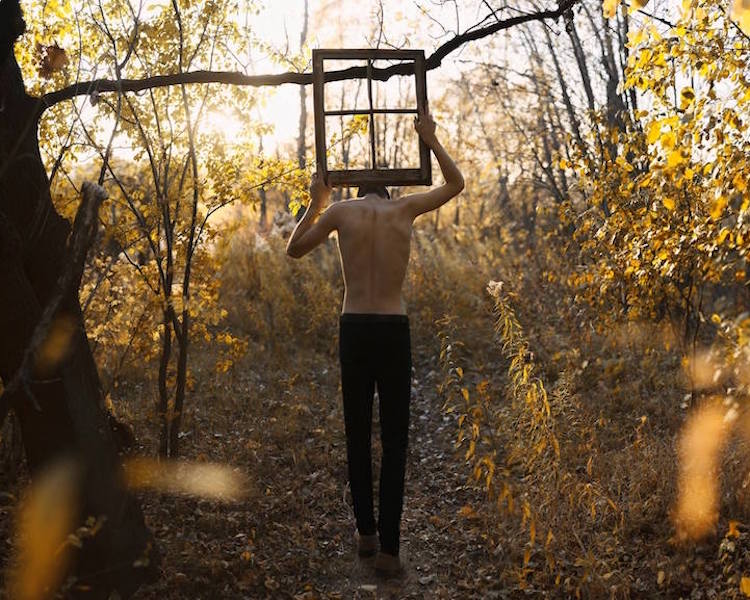

Photography helped pull Tyler Rayburn out of the darkest period in his life. “I was pretty depressed to the point where I wanted to kill myself,” he tells us, “and I like to think photography played a big part in getting me out of that. I don’t want anyone to have to feel even close to how I felt.” As a result, Rayburn infuses a sense of hope in his surreal images. Full of warm light, his subjects look at peace among the beauty of nature.

